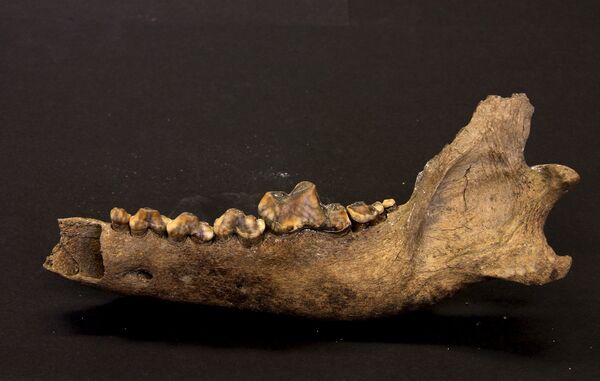The researchers used a rib from a wolf which lived in the Taimyr Peninsula of northern Siberia to study the animal's genome, the first draft genome sequence from a carnivore of the Pleistocene era, the time period which spanned from 2.6 million to 11,700 years ago.
"This individual belonged to a population that diverged from the common ancestor of present-day wolves and dogs very close in time to the appearance of the domestic dog lineage," said the scientists reporting their findings in the Cell Press journal 'Current Biology' on May 21.

In addition to the new, earlier date of divergence from the common wolf ancestor, the study also found evidence that the ancestry of present-day dogs is derived from multiple regional wolf populations, with as much as 27 percent of the ancestry of Siberian huskies and other northern dog breeds tracing back to the ancient Siberian wolf population.



